Presented on: 29 September, 15:00 CEST
Public safety is all about people, so exploring how citizens behave in emergency situations is essential for emergency management. By understanding people’s reactions and decision-making, we can gain important insights to re-evaluate response procedures and make them as effective as possible. This can be useful for all aspects of emergency operations, whether collecting information from an emergency caller, communicating with the public about a widespread threat, or managing a major incident on the field.
In this webinar, we heard from two outstanding experts about the human behaviour and decision-making in emergencies and the impact on both large-scale crisis management and response to smaller-scale emergencies such as house fires.
presented by

Dr. Chris Cocking
Principal Lecturer, School of Health Sciences, University of Brighton, UK

